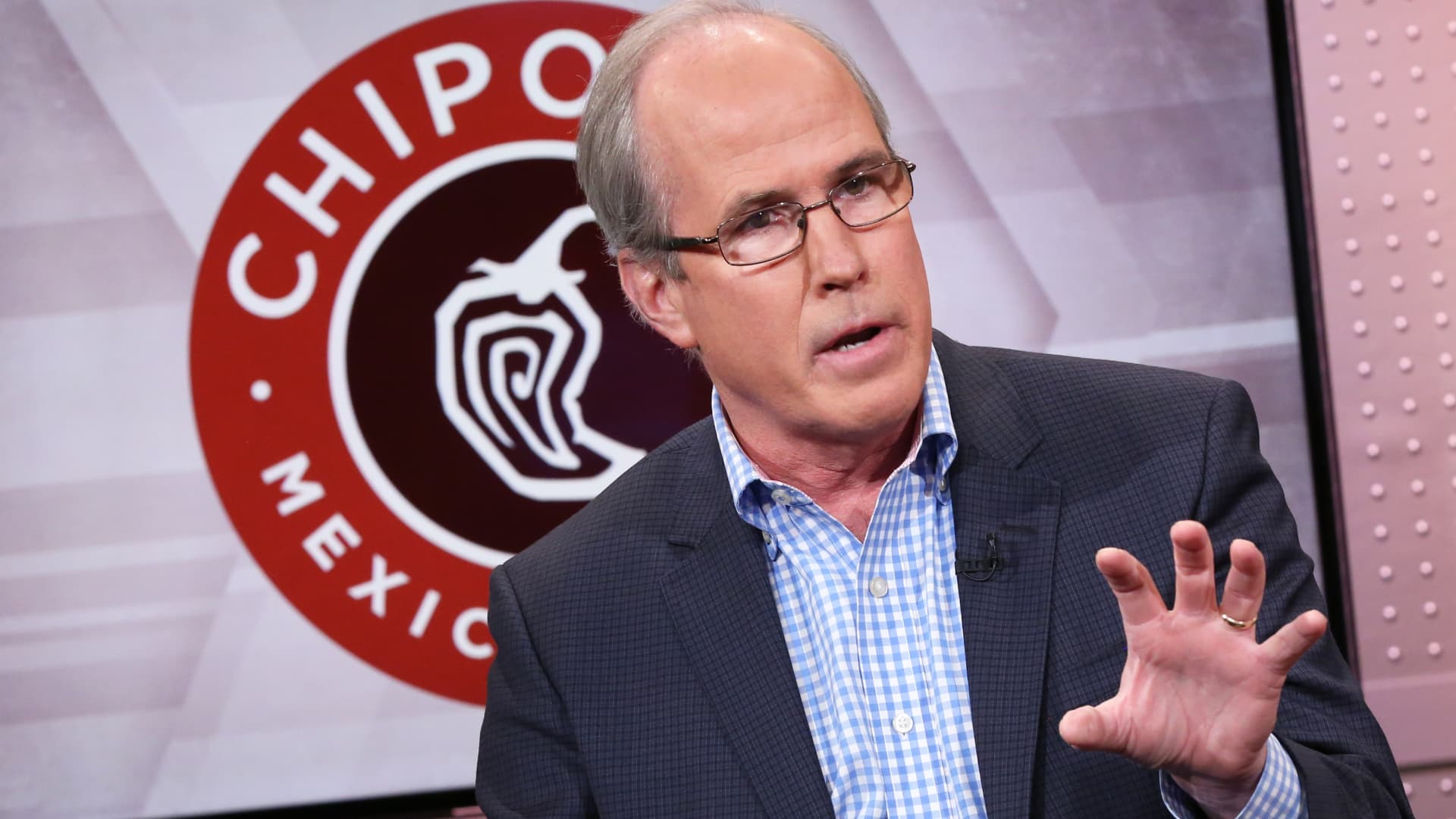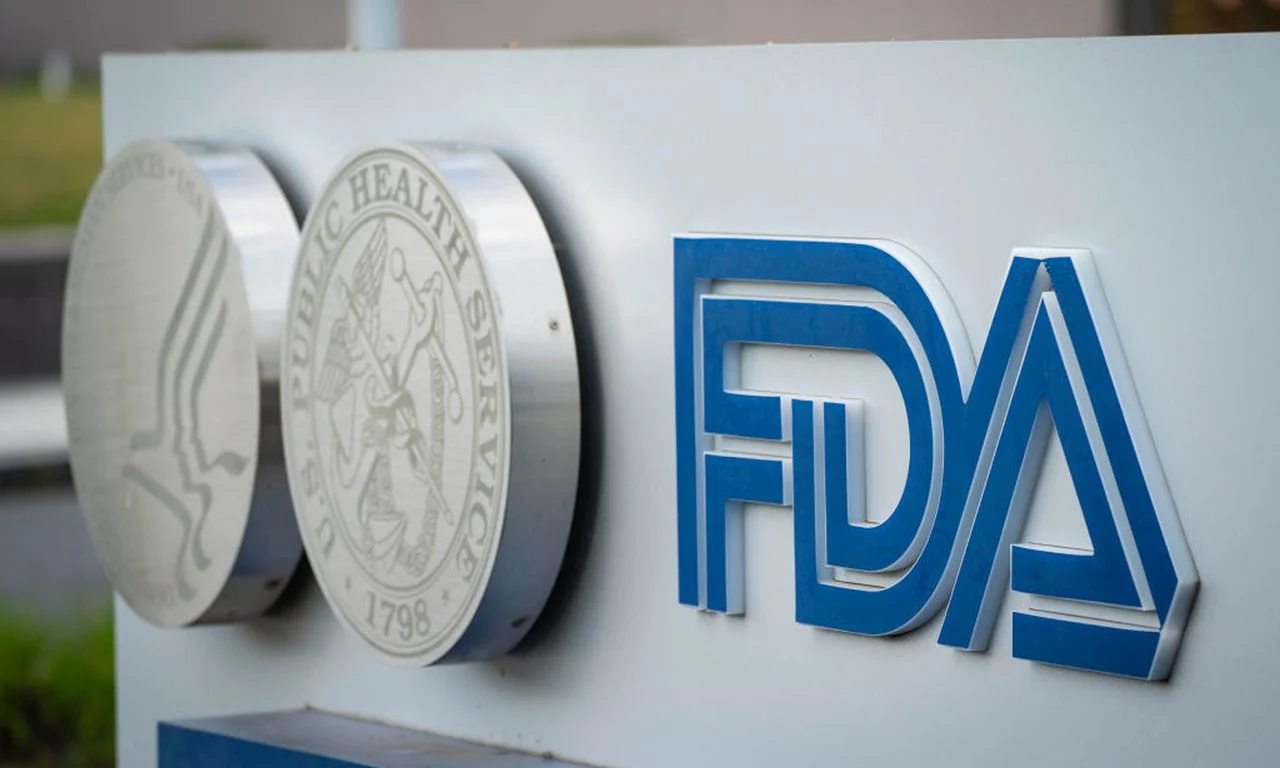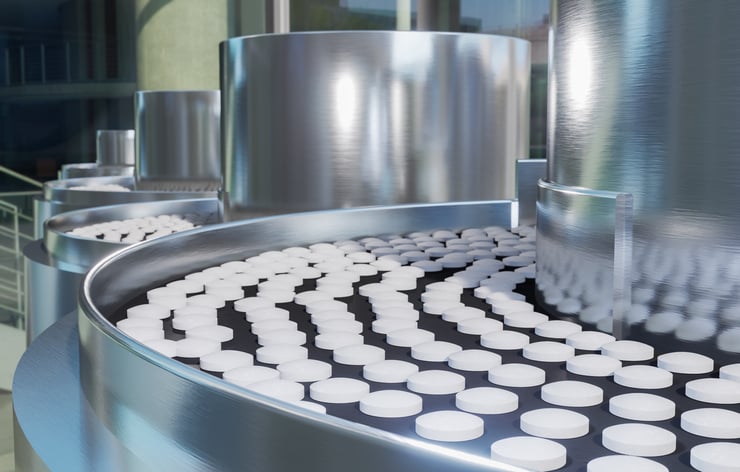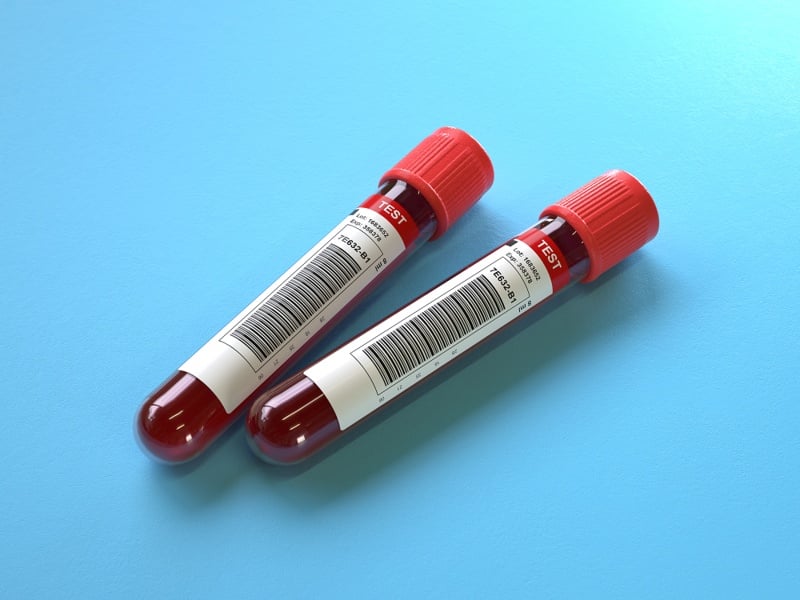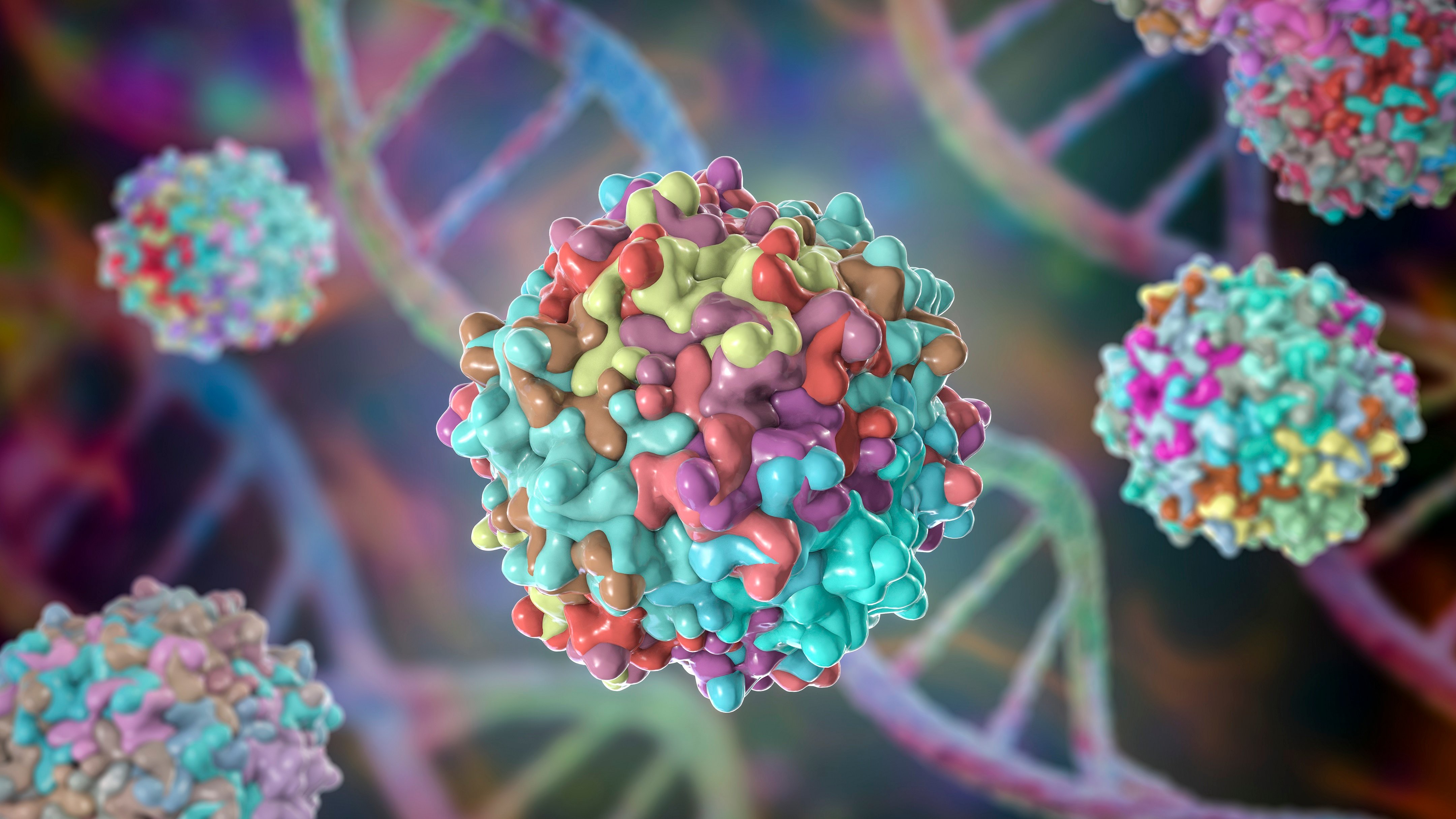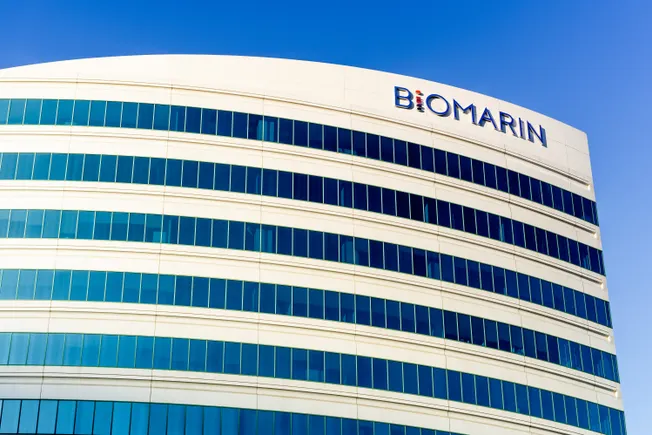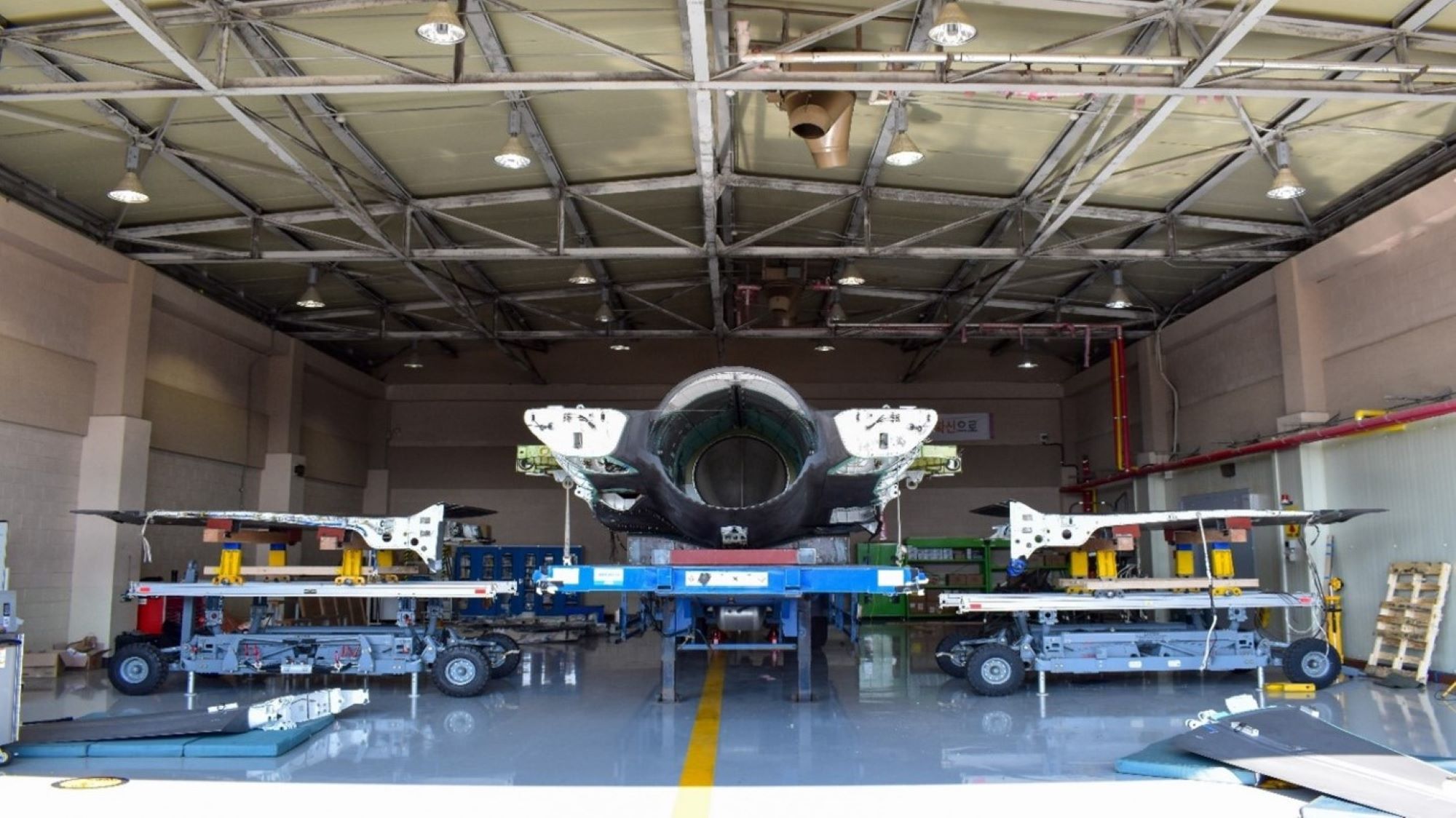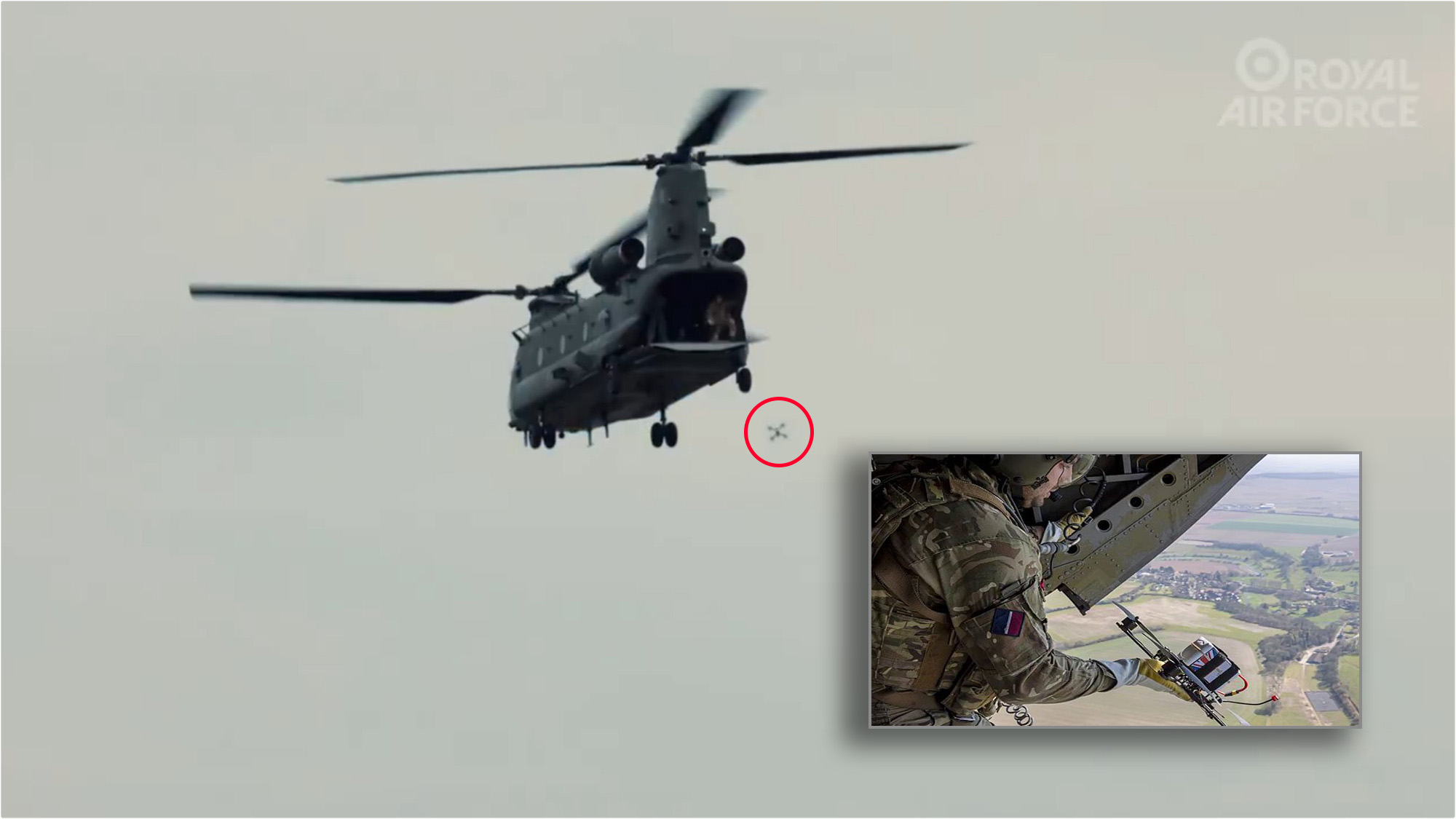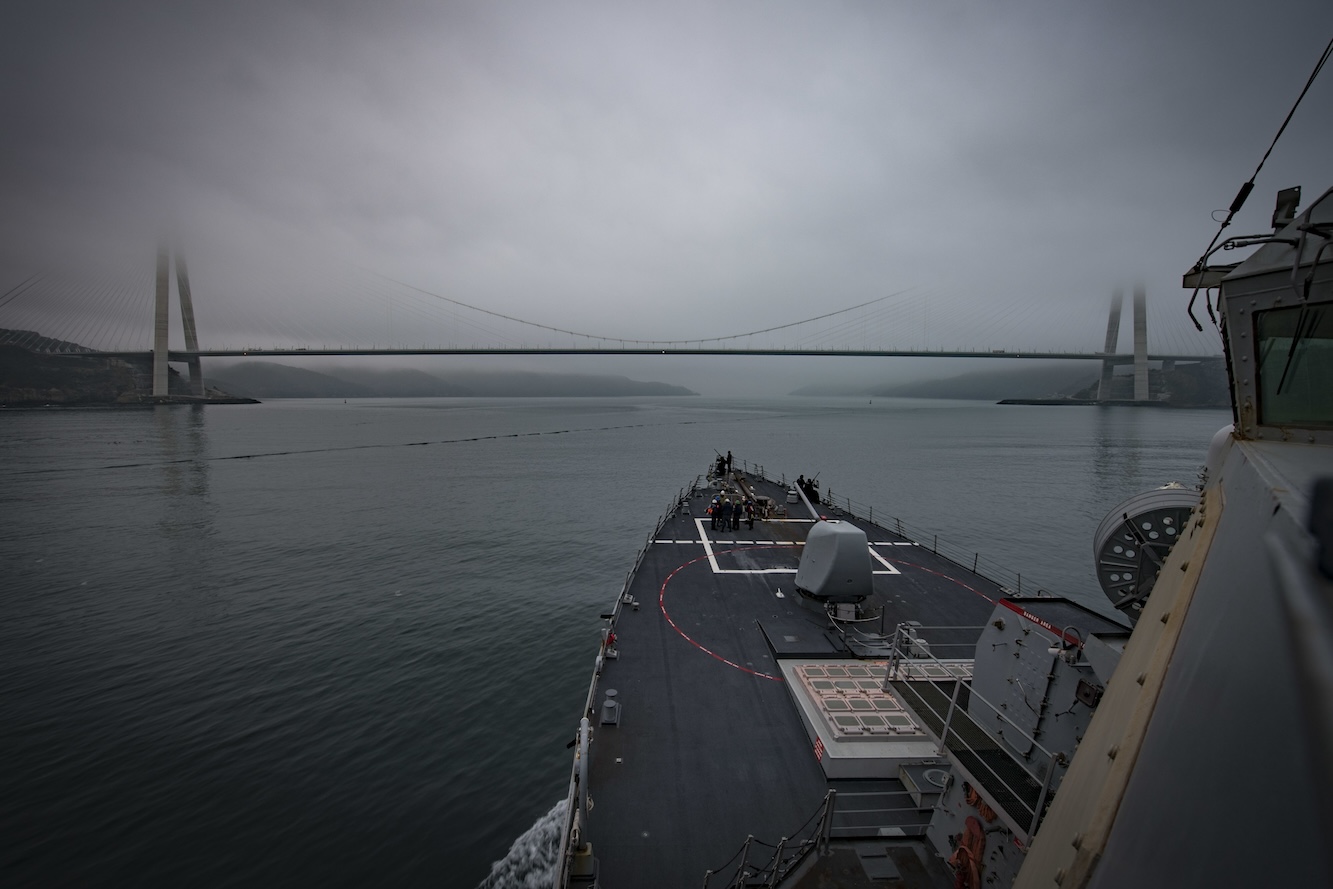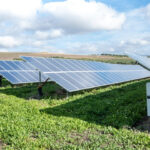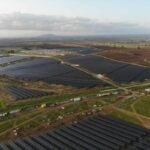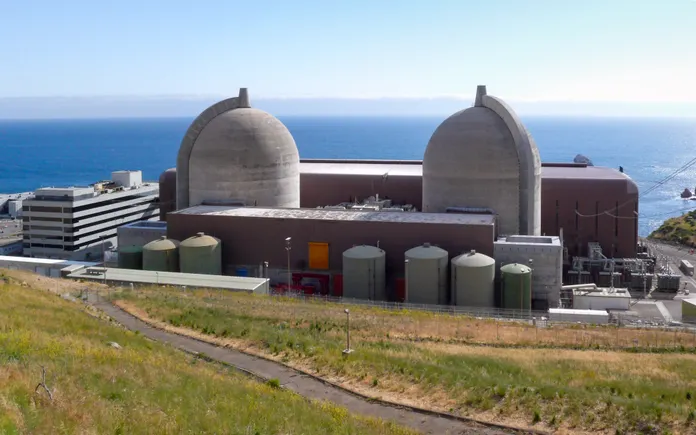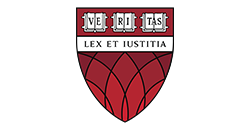The glycosomal ATP-dependent phosphofructokinase of <i>Trypanosoma brucei</i> operates also in the gluconeogenic direction
by Nicolas Plazolles, Hanna Kulyk, Edern Cahoreau, Marc Biran, Marion Wargnies, Erika Pineda, Mohammad El Kadri, Aline Rimoldi, Perrine Hervé, Corinne Asencio, Loïc Rivière, Paul A. M. Michels, Daniel Inaoka, Emmanuel Tétaud, Jean-Charles Portais, Frédéric Bringaud In the glucose-free environment of the midgut of the tsetse fly vector, the procyclic forms of Trypanosoma brucei primarily consume proline to feed its central carbon and energy metabolism. In this context, the parasite produces through gluconeogenesis, glucose 6-phosphate (G6P), the precursor of essential metabolic pathways, from proline catabolism. We show here that the parasite uses three different enzymes to perform the key gluconeogenic reaction producing fructose 6-phosphate (F6P) from fructose 1,6-bisphosphate, (i) fructose-1,6-bisphosphatase (FBPase), the canonical enzyme performing this reaction, (ii) sedoheptulose-1,7-bisphosphatase (SBPase), and (iii) more surprisingly ATP-dependent phosphofructokinase (PFK), an enzyme considered to irreversibly catalyze the opposite reaction involved in glycolysis. These three enzymes, as well as six other glycolytic/gluconeogenic enzymes, are located in peroxisome-related organelles, named glycosomes. Incorporation of 13C-enriched glycerol (a more effective alternative to proline for monitoring gluconeogenic activity) into F6P and G6P was more affected in the PFK null mutant than in the FBPase null mutant, suggesting the PFK contributes at least as much as FBPase to gluconeogenesis. We also showed that glucose deprivation did not affect the quantities of PFK substrates and products, whereas an approximately 500-fold increase in the substrate/product ratio was expected for PFK to carry out the gluconeogenic reaction. In conclusion, we show for the first time that ATP-dependent PFK can function in vivo in the gluconeogenic direction, even in the presence of FBPase activity. This particular feature, which precludes loss of ATP through a futile cycle involving PFK and FBPase working simultaneously in the glycolytic and gluconeogenic directions, respectively, is possibly due to the supramolecular organization of the metabolic pathway within glycosomes to overcome thermodynamic barriers through metabolic channeling.
by Nicolas Plazolles, Hanna Kulyk, Edern Cahoreau, Marc Biran, Marion Wargnies, Erika Pineda, Mohammad El Kadri, Aline Rimoldi, Perrine Hervé, Corinne Asencio, Loïc Rivière, Paul A. M. Michels, Daniel Inaoka, Emmanuel Tétaud, Jean-Charles Portais, Frédéric Bringaud In the glucose-free environment of the midgut of the tsetse fly vector, the procyclic forms of Trypanosoma brucei primarily consume proline to feed its central carbon and energy metabolism. In this context, the parasite produces through gluconeogenesis, glucose 6-phosphate (G6P), the precursor of essential metabolic pathways, from proline catabolism. We show here that the parasite uses three different enzymes to perform the key gluconeogenic reaction producing fructose 6-phosphate (F6P) from fructose 1,6-bisphosphate, (i) fructose-1,6-bisphosphatase (FBPase), the canonical enzyme performing this reaction, (ii) sedoheptulose-1,7-bisphosphatase (SBPase), and (iii) more surprisingly ATP-dependent phosphofructokinase (PFK), an enzyme considered to irreversibly catalyze the opposite reaction involved in glycolysis. These three enzymes, as well as six other glycolytic/gluconeogenic enzymes, are located in peroxisome-related organelles, named glycosomes. Incorporation of 13C-enriched glycerol (a more effective alternative to proline for monitoring gluconeogenic activity) into F6P and G6P was more affected in the PFK null mutant than in the FBPase null mutant, suggesting the PFK contributes at least as much as FBPase to gluconeogenesis. We also showed that glucose deprivation did not affect the quantities of PFK substrates and products, whereas an approximately 500-fold increase in the substrate/product ratio was expected for PFK to carry out the gluconeogenic reaction. In conclusion, we show for the first time that ATP-dependent PFK can function in vivo in the gluconeogenic direction, even in the presence of FBPase activity. This particular feature, which precludes loss of ATP through a futile cycle involving PFK and FBPase working simultaneously in the glycolytic and gluconeogenic directions, respectively, is possibly due to the supramolecular organization of the metabolic pathway within glycosomes to overcome thermodynamic barriers through metabolic channeling.























